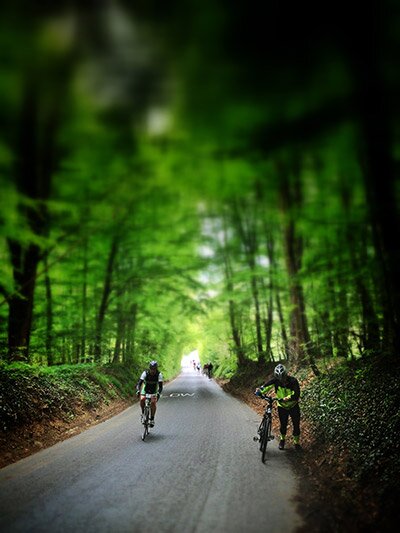Little known fact: For three not that enjoyable years I went to music school to learn to play an accordion. Only later did I realize I could have played in Gotan Project…
I can still play a bit (and read the notes, great skill when learning to sing new songs to Otto) – clearly that was the reason Helen Sildna invited me to join a panel on future business models in music at Tallinn Music Week :)
Joking aside, it was my background with Flattr, the microfinancing service that has/can be used by musicians, bands and artists to tap into fan funding that sat me down on the couch together with Peter Jenner, Dagfinn Back and Mark Meharry (Music Glue). I tried to represent the views of a listener and music fan.
Roughly speaking Peter Jenner was once again pitching his idea of a universal blanket license for music – everyone pays a small monthly fee and can consume all the music they want. Meanwhile little robots keep track of what you’re listening to, what gets played in various channels and compensates the authors respectively.
Dagfinn’s MusicDNA is a company that sort of helps that dream come alive but it’s only technology, the real roadblocks for Peter’s idea are the various players in the music business.
Mark and his MusicGlue has the most pragmatic approach to helping bands and artists make more money, he goes by the slogan (I’m paraphrasing here) “Give your music away for free and sold out shows will follow”. I can totally get behind that view despite not having been to a concert in a long time (that’s parenthood for you…).
1. Make your music available
It’s a no brainer but I’m still amazed at how much of the music is put online not by the bands or their managers but rather by random people uploading it to various services. Putting it up yourselves is the only way to control quality and what happens around the music/video itself – is there a link to bands homepage / iTunes account / other place to pay and download.
2. Make it easy to buy your music
One word – Bandcamp. I’m just a single data point but all my most recent music purchased have been made on Bandcamp. People don’t give a shit about geographic licensing – they want the music now. If you don’t make it easily available then there are other ways of getting your music, The Pirate Bay being the elephant in the room.
3. Use a platform where you get most of the money
Bandcamp. Self hosting and charging via PayPal. Bandcamp charges artist 15% of music sold which is about 100% better deal than going through a label or one of the popular streaming services (Spotify, Rdio, I’m looking at you). Self hosting + PayPal will eat up only around 5% of what you charge. Try “pay what you want”…
Read this for inspiration: Louis C.K. Video Inspires New Business Model For Comedians
4. Connect directly with your fans
I should really just write “Amanda Palmer” in this paragraph. I’ll do a bit more.
This isn’t a magic bullet but these are simple steps to make things better for the band and the fan. Cut out the middle men, make the fan happy.
Timely news: Brit musos now trouser more crumpled fivers from online music than radio




